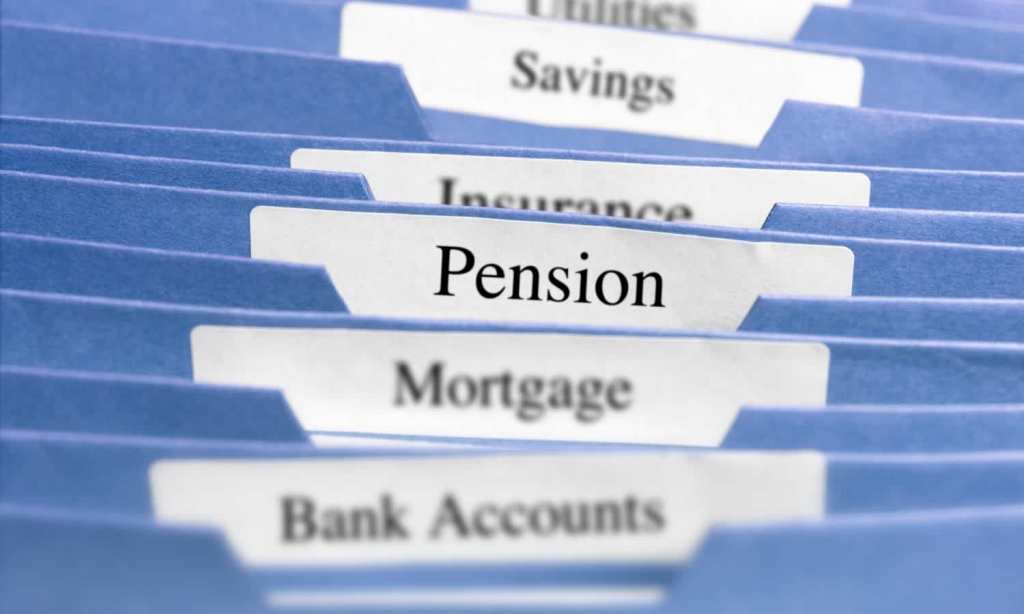While we’re all familiar with the gender gap when it comes to salaries, we’re a little less in the know with it in relation to superannuation. But with the gap for working mothers widening and few, if not any measures in place to address it, women are at risk of retiring into poverty for decades to come — unless changes come about in the Federal Budget 2022, that is.
So, what exactly has been happening, and why should you care? Well, from 2013, the gender super gap between men and women in their 30s has deteriorated with mums paying the price for having children as too many don’t get paid on Commonwealth parental leave. In 2013-24, women aged 30-34 had 12% less super than men and in 2018-19, that number climbed to men of that age seeing their super climb by $8,800 while for women, it was just $5,500.
Median Super Balances By Age and Sex in 2013-14 and 2018-19
| Age | 2013-14 Median balances | 2018-19 Median balances | ||
| Male | Female | Male | Female | |
| 20 to 24 | $6,797 | $5,956 | $7,149 | 6349 |
| 25 to 29 | $19,970 | $18,402 | $21,883 | 20875 |
| 30 to 34 | $38,003 | $33,338 | $46,861 | 38894 |
| 35 to 39 | $58,156 | $45,767 | $75,503 | 58865 |
| 40 to 44 | $76,871 | $51,766 | $104,359 | 74456 |
| 45 to 49 | $95,132 | $58,221 | $135,542 | 91626 |
| 50 to 54 | $112,557 | $67,260 | $164,079 | 102999 |
| 55 to 59 | $138,684 | $85,704 | $187,557 | 123221 |
| 60 to 64 | $158,227 | $116,311 | $209,719 | 159255 |
| All Ages | $51,826 | $37,907 | $66,872 | 49308 |
In the last 10 years, up to 1.62 million working mothers have missed out on a total of $1.8 billion in super contributions. In the 2020-21 financial year alone, 168,170 women missed out on $216.4 million in super payments.
It is overwhelmingly women taking government parental leave — 99.5% women compared to just 0.5% men. Compounding the problem is that employers do not need to pay super on parental leave, yet workers are paid super on most other types of leave. A mother of two who received super on Commonwealth Parental leave Pay and from their employer would have $26,500 more super at retirement.
“These figures show mum’s retirement savings are going backward, the government can help put a stop to this worrying trend by including a Budget measure to pay super on parental leave,” says Industry Super Australia Advocacy Director Georgia Brumby.
“The time for the government to act to bridge the gender super gap is now, super on parental leave is a modest investment but a vital boost to the retirement savings of all mums. Women should not be left behind for having a baby, it’s time to end this tax on mums and their future.”
Overall, there is little progress being made with the super gender gap, with the median super balance of women of all ages 26% less than mens’ in 2018-19, a drop of just 1% from 2013-14. Promisingly, though, the Workplace Gender Equality Agency found about 49% of larger employers offer super on their parental leave scheme, but still far too few women are paid super while on parental leave.
Change in Gender Gap of Median Super Balances By Age Groups
| Age | 2013-14 gender gap | 2018-19 gender gap | Change |
| 20 to 24 | 12% | 11% | -1% |
| 25 to 29 | 8% | 5% | -3% |
| 30 to 34 | 12% | 17% | +5% |
| 35 to 39 | 21% | 22% | +1% |
| 40 to 44 | 33% | 29% | -4% |
| 45 to 49 | 39% | 32% | -7% |
| 50 to 54 | 40% | 37% | -3% |
| 55 to 59 | 38% | 34% | -4% |
| 60 to 64 | 26% | 24% | -2% |
| All Ages | 27% | 26% | -1% |
Still, though, all eyes will be on the Federal Budget to see if the government will follow the example of almost half of Australia’s big employers and pay super on its Commonwealth Parental Leave Pay. Otherwise, the retirement savings of women in their 30s are going to keep drifting. The consequence of not acting now could be that future generations of women are retiring without adequate savings.
The Latch will be covering all the exciting developments on March 29 so check back here for updates on the night. Read all of our budget coverage, here.
Read more stories from The Latch and subscribe to our email newsletter.







